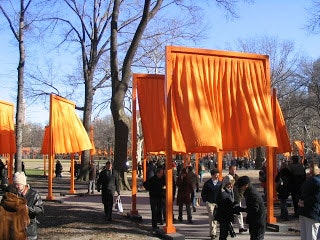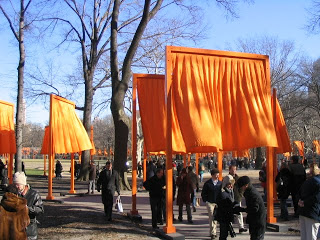Do Your Customers Experience Your Products Or Simply Use Them?

C. Engdahl
The Big E of Big E Toys
'There's no such thing as an artificial experience.'
' B. Joseph Pine II & James H. Gilmore, from their book The Experience Economy (1999)
This past week for some reason I was thinking about a trip to New York City I took back in February 2005. I happened to be in town that year for the International Toy Fair when the 'The Gates' was on display in Central Park. I marveled at this installation.
I know I'm not the most culturally astute person in the world, but I like to think I've seen, heard, and studied my fair share of art ' whether it be music, traditional painting or drawing, sculpture, dance, etc. But I had never seen'let me take that back. I had never experienced anything like 'The Gates.' Christo and Jeanne-Claude (the Artists, with a capital A of 'The Gates') played with my traditional concept of where, when, with whom, and how art should be experienced. They created something of sight, sound, smell, touch, and even taste. (Not that I licked or otherwise consumed any part of the actual installation. But unlike traditional art galleries, I was able to eat at my leisure while enjoying the work. This altered my experience in enjoyable ways.)
It's difficult to know for certain how you're customers will react, interact, and ultimately use your innovative offerings. As a board game and toy developer (among other things) I'm constantly thinking about how people will experience my creations. I want them to have fun. I want them to interact with others in meaningful ways. I want them to have an experience that's worthy of telling a friend.
Strive to create an experience through innovation, not just something that gets consumed.
I'm going to stop writing now and simply share a couple short videos I shot back in February of 2005. (Listen carefully and you'll hear at the end of the first video a New York native drop an F-bomb on her friend. It was all simply part of the experience. I thought it was great.)
